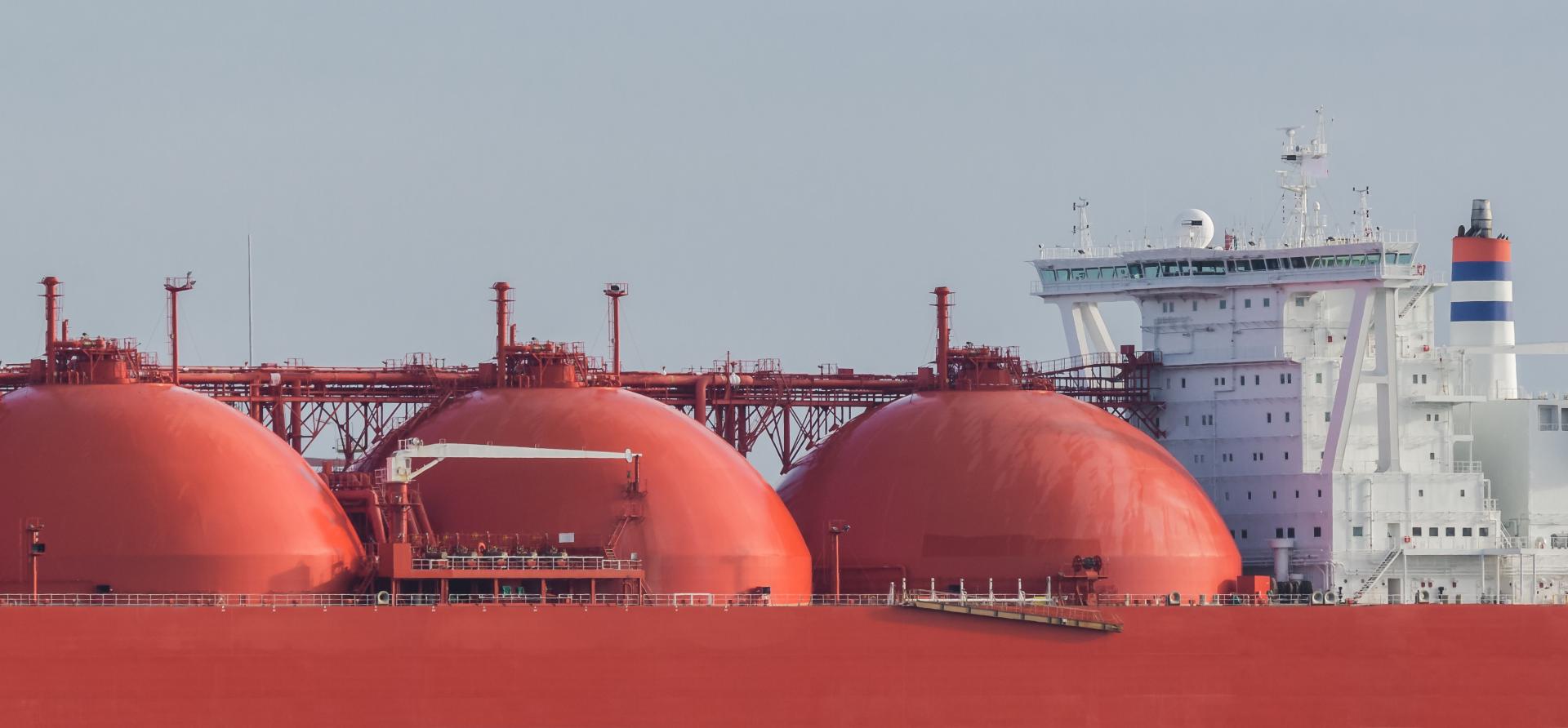IEEFA op-ed: Gas oligopoly is gouging Australia

Key Findings
Australia is the world's second-largest exporter of liquefied natural gas yet manufacturer customers pay sky-high gas prices, a failure of the competition watchdog.
The big players export the majority of gas produced in Australia, leaving a small pool for domestic customers.
International LNG prices and higher Asian LNG spot prices set the costs to Australian gas users. Opening new gasfields will do nothing to lower domestic prices.
SYDNEY — When it comes to gas prices, the Australian Competition and Consumer Commission (ACCC) is acting like a criminal judging its own trial. It’s supposedly investigating the east coast gas market and put a report out about it last week. The trouble is there is no east coast gas market – the ACCC has killed it off.
The ACCC has allowed what was once our gas market to become a cartel, controlled by just four players. We have high gas prices in Australia because the ACCC has given up on its principal remit – ensuring market competition.
A huge producer of natural gas is going to have to import it now?
Australia is the second-largest exporter of liquefied natural gas in the world, yet manufacturers are being forced to pay sky-high gas prices. Prices are so high that we’ve got four consortiums looking to build import terminals here in Australia.
We could seriously have gas tankers passing each other in the Indian Ocean needlessly carrying gas in opposite directions. How did we get into this mess?
Much of the problem has been the ACCC allowing Shell to take over Arrow Energy in 2010 and then BG Group in 2015. Now Shell has 43% of east coast coal seam gas reserves.
A FEW BIG PLAYERS CONTROL THE SO-CALLED EAST COAST GAS MARKET, and to make as much money as possible, they export the majority of gas produced in Australia, leaving a small pool for domestic customers, who are forced to pay whatever the gas companies demand, or they miss out.
The ACCC found in March 2017 that many commercial and industrial gas users were being offered gas at $20 a gigajoule, if they received supply offers at all. While industrial gas users are now receiving two to three offers, after intense political pressure on the gas industry, these offers are often on onerous terms and at prices two to three times higher than historical levels. Instead of admitting it has created an oligopoly, the ACCC is trying to blame everyone else.
Like the federal government, the ACCC is pointing the finger at state governments, which have put in place restrictions on new unconventional gasfields as a result of widespread public opposition to fracking.
Despite the ACCC’s claims that state governments are at fault, its own report last week found international LNG prices and higher Asian LNG spot prices will now set the costs to Australian gas users, because so much of our gas is exported.
This situation means opening up new gasfields will do nothing to lower the gas price in Australia. The ACCC’s report also made the questionable claim that transparency around gas prices and gas transportation was improving.
This is at odds with a recent and alarming example in the Northern Territory. Gas company Jemena successfully lobbied the Northern Territory government for an exemption to Australian oversight tariffs, enabling them to raise pipeline transport prices at any time in the next 15 years. It is already the most expensive pipeline in use in Australia.
The exemption means consumers could be out of pocket more than $2.5 billion over 15 years when buying fracked Northern Territory gas funnelled through Jemena’s pipeline.
This hardly screams transparency, and while it would be remiss of the ACCC to be unaware of Jemena’s special deal, I can’t see how else it could have made the claim that transparency is increasing with any credibility.
The ACCC needs to get back to its fundamental remit, otherwise, at least on gas, it will be seen as nothing more than a mouthpiece for the federal government and industry.
Bruce Robertson is an IEEFA investment analyst. This column first appeared today in the Sydney Morning Herald.
RELATED ITEMS:
IEEFA Australia: A gas cartel run amuck
IEEFA Update: Australia’s Natural-Gas Cartel Is Bleeding Australia
IEEFA ‘Pipe Dream’ Report Questions Rationale for North East Gas Interconnector in Australia
















